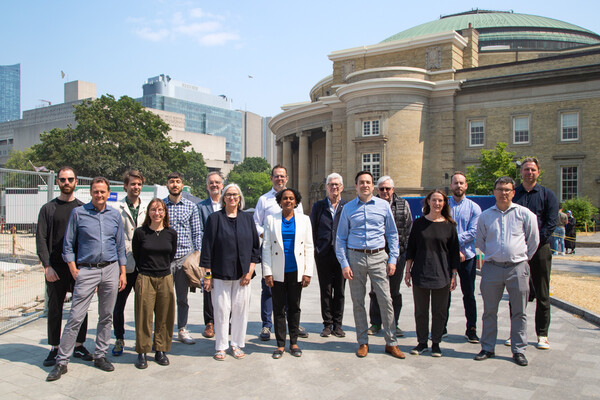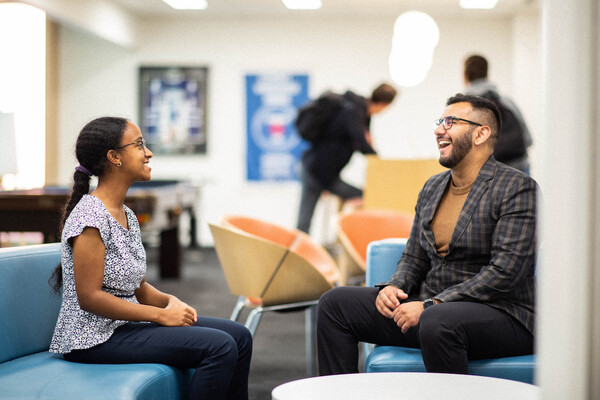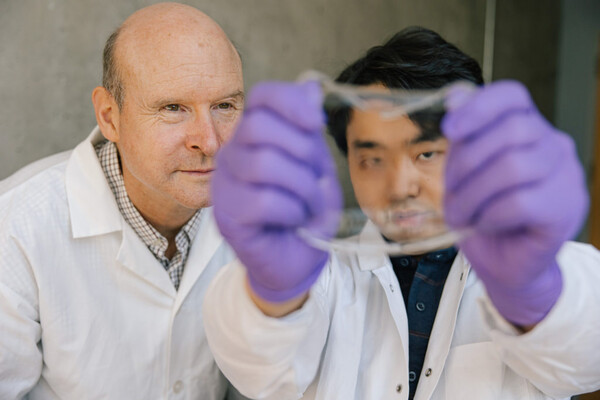Residents in Profile: Dr. Tara Baxter
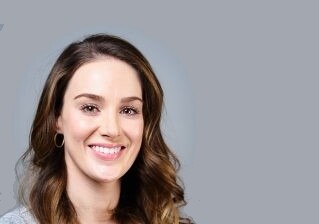
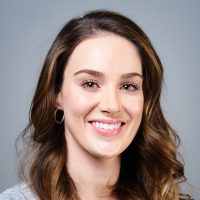 Dr. Tara Baxter is chief resident for the orthopaedic surgery program at Michael Garron Hospital. Her role includes scheduling shifts for other residents and monitoring patient workups, and finding ways to improve patient care. She spoke with writer Jim Oldfield about how she manages the role’s day-to-day challenges while balancing her personal life.
Dr. Tara Baxter is chief resident for the orthopaedic surgery program at Michael Garron Hospital. Her role includes scheduling shifts for other residents and monitoring patient workups, and finding ways to improve patient care. She spoke with writer Jim Oldfield about how she manages the role’s day-to-day challenges while balancing her personal life.
How long have you been in this role?
Five and a half months. In six weeks I’ll move to St-Michael’s Hospital, then finish out my school year as chief at the Toronto Western Hospital. Many chief residents spend a year in one place, but this is not so in orthopaedics. No single hospital can provide complete orthopaedic training for a resident, so we rotate through multiple hospitals on a yearly basis to acquire the necessary skills to become an orthopaedic surgeons. The site chief usually changes every few months.
How’s it going so far?
I’ve really enjoyed the learning that comes with the role, although some expectations can be a lot to shoulder for a PGY3 in a five-year program. There are many challenges in terms of clinical knowledge but also stamina, human resources management and communications skills. Everything we learned in medical school about CanMEDS roles comes into play in this chief post — medical expert, collaborator, health advocate and so on. The demand to embody those roles is compounded by the desire to do your absolute best work, all the time. People can tell you so much, but you have to live this role to really understand it. A few things have helped me prepare: I was a general council representative and member of the Board of Directors at PARO and helped to deliver workshops on contract compliance, and I participated in Royal College accreditations as a resident accreditor. Nothing completely prepares you for the demands of this role though.
What has been most challenging?
Probably scheduling. There is a lot of pressure to accommodate multiple requests from residents. Several residents often want the same week off — these are my friends and colleagues and so I find it difficult to tell them that something can’t be accommodated, especially when they ask well in advance. How do you choose which requests get filled? I have to respond to them with sensitivity while dealing with daily clinical challenges. You can’t always make everyone happy, so you try for the next best thing. I’ve found it helps to sit down as a team and, for example, hammer out a schedule that everyone understands and agrees is fair.
What responsibility do you have for the clinical care other residents provide?
I serve as a first pass for assessing clinical management decisions, although ultimately that’s a shared responsibility among the whole team. Orthopaedics is different from many other specialties in that most patients are not acute. Broken bones can be life-threatening yes, but they most often aren’t. Typically a junior resident will admit patients and order the required imaging, bloods and other workup. A fellow or staff member will ultimately review the management plan, but as a chief and more senior resident, I will often help advise and monitor it in the interim. An incomplete workup can delay a patient’s scheduled trip to the OR, so it’s important to ensure the workup is timely and complete!
What kind of cases do you see at Michael Garron?
We see everything you would expect in a community hospital. Lots of arthroplasty (joint replacements). Lots of sport surgeries such as arthroscopy for shoulders and knees, ACL tears. We get a lot of basic trauma — things like broken wrists, ankles, and hips. We’re not a level 1 trauma centre, those cases generally go to Sunnybrook or St. Michael’s. The case load is really optimal, we get to operate a lot. This site is a very sought-after rotation for residents. The hours can be long and unpredictable but we’re not often in the OR in the middle of the night, and the staff are exceeding friendly and approachable. It’s really a wonderful place for a residency rotation.
Are you working on any improvements there?
We’re looking at modifying patient sign-out. There is currently no way to hand over patient care tidbits that are electronically connected to the electronic patient registration system. We may need the EPR team to activate that option, or another option such as a password-protected document on our drive. If we had a shared sign-out file that securely linked with electronic patient records, we could keep all patient data in one location instead of repeatedly opening several individual charts. That would let us bullet-point the most essential info and work a bit more efficiently. We’re also coordinating more teaching sessions on topics of interest to residents. For example, use of the templating software for total joint replacements came up recently. This software integrates with the imaging system on our computers, so we can virtually superimpose implants on X-rays before an operation. That can tell us the expected size for the implant, which helps us intraoperatively and also so we can verify that we have it in stock before surgery.
What’s your main take-away from the chief resident role?
Call me crazy, but I’ve found I really like scheduling. It’s a fun puzzle that needs work every week, and solving it is a mini adrenaline rush for me. Beyond that, it’s been really interesting to get some perspective on administrative burdens that run through the health care system, often behind the scenes. We don’t formally learn much about those issues in school, but I have a much better appreciation for them now. For instance, I see how backlogs in one area can hinder performance in others, and how funding can affect patient care. As a result, I have much more patience for systems issues. It’s fascinating, and one day I would love to tackle those system-level problems head-on.
News
